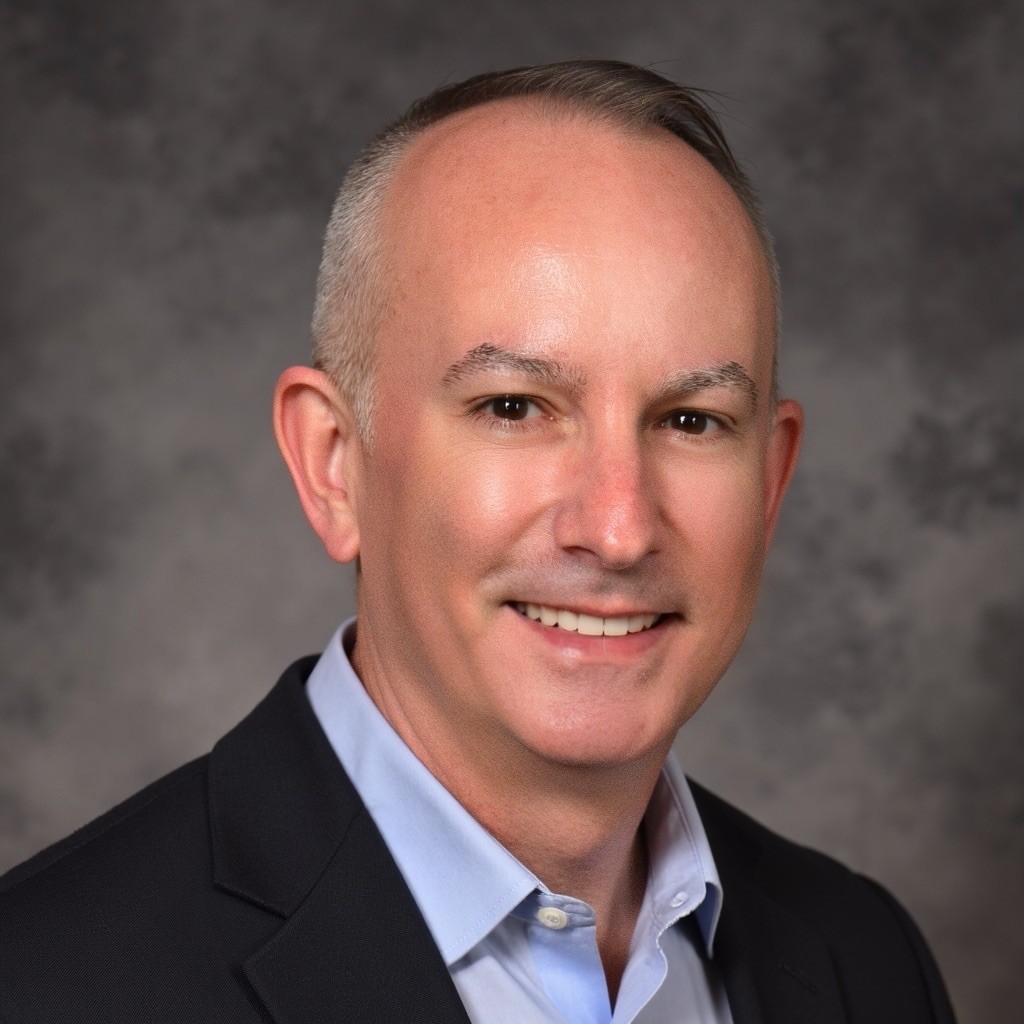BIC - October 2013
By: Shawn M. Galloway
Printable Version
Organizations on the journey to improve safety tend to search for what to do next rather than what to stop. Improvement is not defined by how much more is added; it is the process that leads to a continual state of better outcomes. Adding more observations, guarding, programs, procedures, PPE and processes does not always improve results (e.g., enhanced compliance, reduced risk and fewer injuries). We recognize the examples of engineers and designers that offer feature-rich products that tend to confuse or even overburden the average consumer. Yet, this is the behavior of many well-intending safety professionals. We know best! Don't we?
Henry Ford observed, "If I'd asked my customers what they wanted, they'd have said, 'A faster horse.'" Organizations rely on safety professionals to provide counsel to the business leaders. It almost sounds preposterous to not try new things and add more, leading the professionals to seek out new innovations that provide value; but this is where the problem often starts. Who determines value?
If value is the return for something exchanged or something perceived as desirable, should the safety professional make this determination or the customer? Sometimes the customer doesn't know what they don't know. Sometimes complacency or apathy has set in. Shouldn't we try to do more to nudge the organization forward? Yes, but with caution.
In "The Essential Drucker," the late management expert, Peter Drucker, shares an important and relevant story. "In the late 1940s and early 1950s, one American automobile company tried to make the American public safety-conscious. Ford introduced cars with seat belts. But sales dropped catastrophically. The company had to withdraw the cars with seat belts and abandoned the whole idea." Drucker highlights here the importance of knowing what customers value and an understanding of what they might not currently know they need, or even want. Rather than introducing new safety measures first and explaining second, what if the approach worked to help the consumers first see value and help them discovery-learn and desire, or even demand, a solution.
He goes on to write, "When, 15 years later, the American driving public became safety-conscious, the car manufacturers were sharply attacked for their 'total lack of concern with safety' and for being 'merchants of death.' And the resulting regulations were written as much to punish the companies as to protect the public. The first job of management, therefore, is to identify and to anticipate impacts — coldly and realistically. The question is not, 'Is what we do right?' It is, 'Is what we do what society and the customer pay us for?'"
What Ford experienced is not that uncommon compared to what the average safety professional often deals with. Employees, supervisors, contractors and managers are all customers in safety. While they might not pay us in the traditional sense (exchange value for compensation), they do offer us their time and energy (e.g., discretionary effort). While there are things that are obligatory in safety, if we want more out of people than what is required to remain employed, we must market safety improvement and it must be a strategic priority.
To continue to improve, organizations need a strategic framework that proactively prioritizes effort that improves both safety objectives and goals in performance and the safety aspect of organizational culture. This means there needs to be an emphasis to identify and understand what does and does not add value. Strategy is just as much about choosing what not to do as what to do.
Even with the best of intentions, when we forget this and add more without first stopping that which no longer adds value, we tend to overburden, upset and turn away those we are precisely attempting to help. That is not good customer service.

Shawn M. Galloway is the CEO of ProAct Safety and an advisor to leading organizations across all major industries. With over twenty years of experience in safety systems, strategy, culture, leadership, and employee engagement, he is a trusted advisor, keynote speaker, and expert witness.
He is the author of several bestselling books and has multiple regular columns in leading magazines, with over 400 articles and 100 videos to his credit. He also created the first safety podcast, Safety Culture Excellence, with over 800 episodes. Shawn has received numerous prestigious accolades and has been featured in Power 101 Leaders of the EHS World, Top 50 People Who Most Influenced EHS, Top 40 Rising Stars, Top 11 Health and Safety Influencers, and Top 10 Speakers.
He serves on the Harvard Business Review Advisory Council and the Fast Company Executive Board. He has appeared as a guest on Bloomberg, Fox News, The Daily Mail, Dubai One, U.S. News & World Report, Sirius Business Radio, Wharton Business Daily, and leading safety magazines and podcasts, reinforcing his status as an authority in the field of safety excellence.
For more information, call +1.936.273.8700 or email info@ProActSafety.com.
